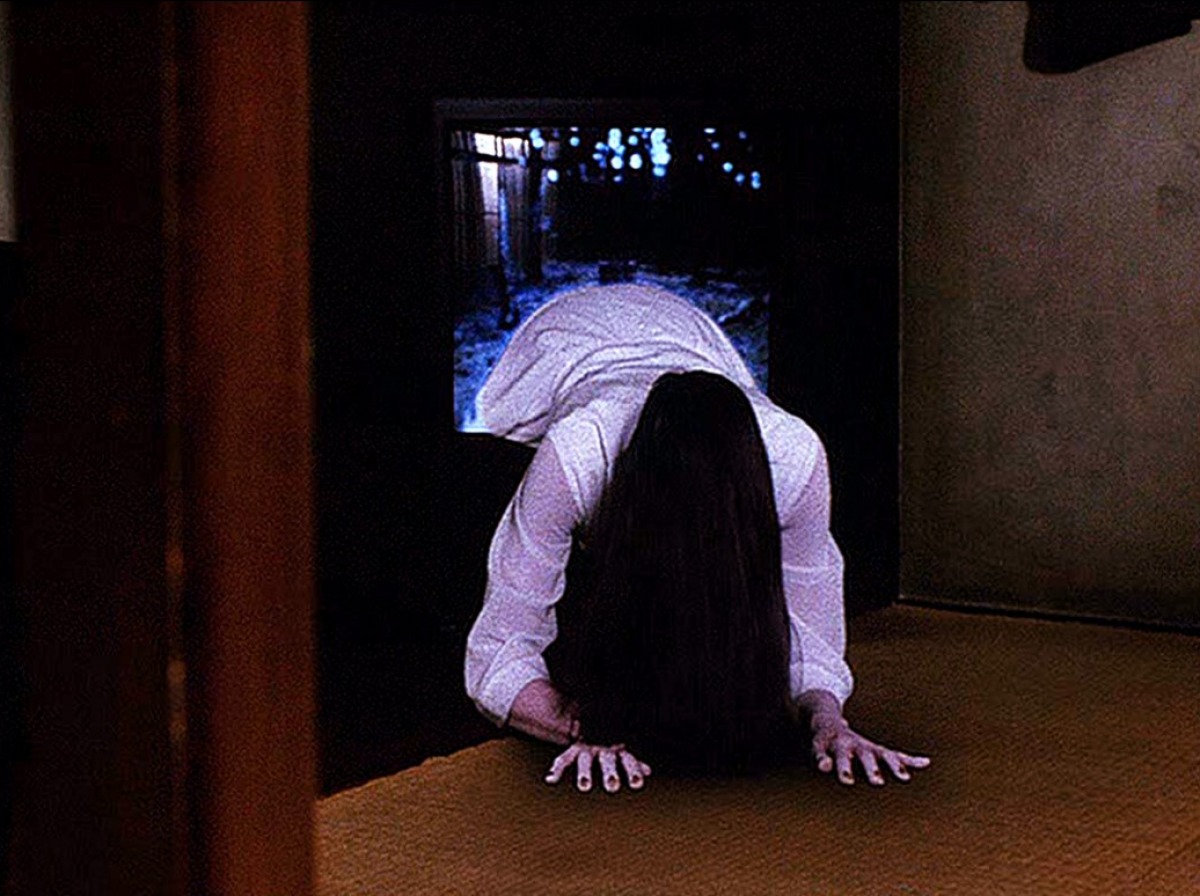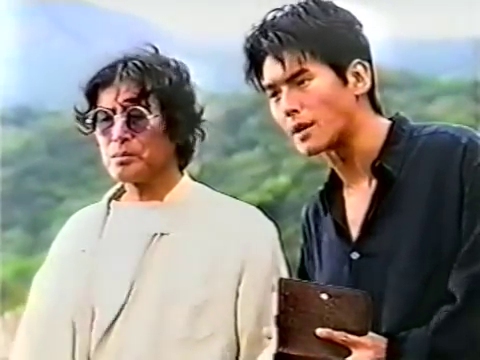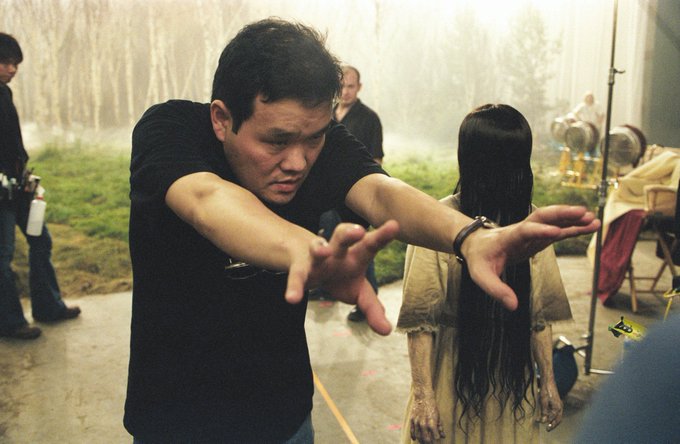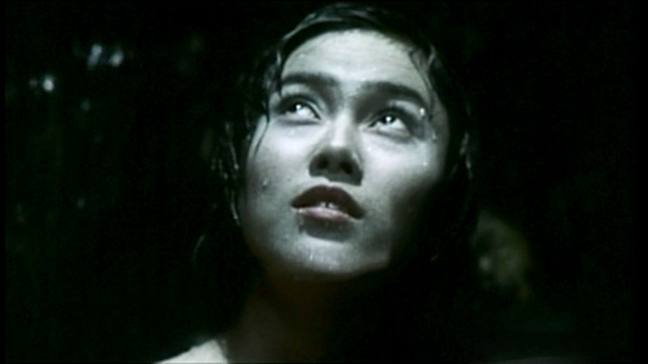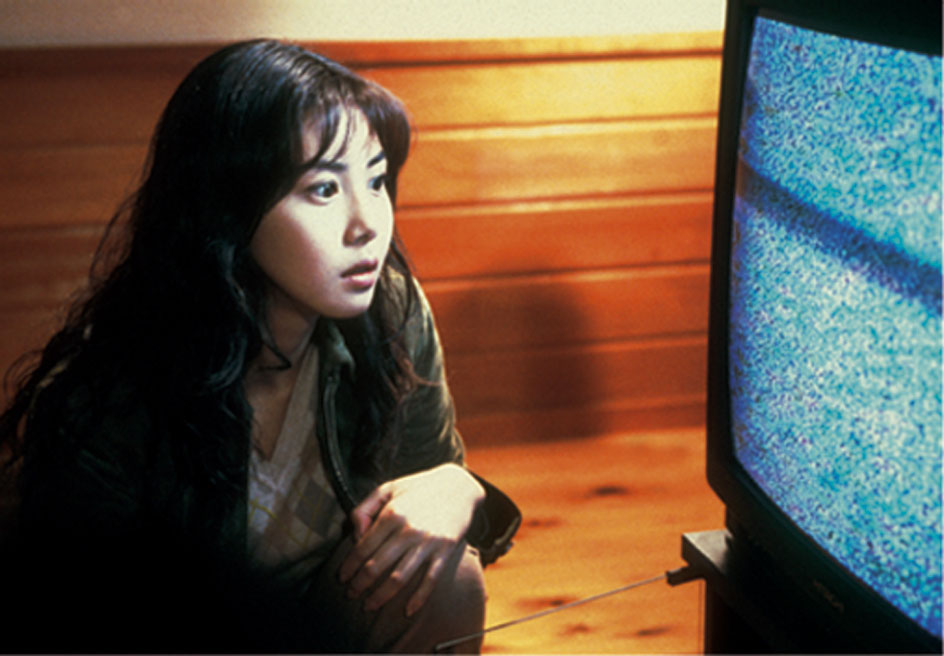The 31st of January 2020 marks 22 years since the premiere of horror masterpiece Ring (1998) directed by Hideo Nakata.
Right after the movie came out, Japanese audiences lost their minds over the demonic character of Sadako and, soon after, that frenzy spilled over to the West. The story of Sadako Yamamura who curses people from the afterlife became an instant hit, and the story’s formula was constantly reused and recycled in many sequels/reboots/remakes which constitute the Ring franchise.
The movie’s 22nd anniversary provides a great opportunity to revisit the film with some behind-the-scenes information. So, let’s take a trip to the times of post-bubble Japan when VHS was the dominant format and the internet was not quite a thing yet.
It’s not Ringu!
When referring to the Ring movie from 1998, many fans often call the film Ringu, which is not a proper word at all. It is a Japanese pronunciation of the noun Ring, which somehow found its way into imdb.com as the film’s official title. I realise that the fans use this distorted title in order to differentiate the film from its American remake, but Ringu is just not the right name for the masterpiece. Koji Suzuki came up with the title Ring because he wanted a simple word that could be easily remembered by readers. So, we all should be saying Ring, not Ringu.
Japanese Stephen King
Did you know that Koji Suzuki, before making it big with the Ring novel, was a full-time dad writing advice books on parenting? He also had some teacher experience and really enjoyed telling his students ghost stories which, as he claimed, were true. This pushed him to write Ring, which was published in 1991. As strange as it may seem, the novel was not a huge bestseller. Only after the 1998 film’s success, the hungry viewers rushed into the bookstores. Koji Suzuki was hailed as Japanese Stephen King and continued the Ring series with the following novels: Spiral (1995), Loop (1998), Birthday (1999) S (2012), and Tide (2013).
Not the Original Adaptation
If you thought that the 1998 classic was the first, original adaptation, then you were wrong. In 1995, FujiTV knocked on Suzuki’s door and got his blessing to create a TV movie called Ring: Kanzenban (literally Ring: The Complete Edition) which, even though was made on an extremely small budget, is to date the most faithful adaptation of the first novel, retaining most of the major plot points, while dropping altogether the scientific subplot about the virus. Allegedly, the film was so popular that it was given a limited theatrical run. Even Koji Suzuki himself is very fond of this film. The movie was released on (surprise, surprise) VHS, but it has not seen a re-release on home video since 1996. Nevertheless, some kind soul uploaded the whole thing on Youtube.
The Director and His Creation
Kadokawa Pictures joined forces together with Toho to work on their own film adaptation and, for that purpose, they recruited Hideo Nakata, who had already directed a couple of low-profile horrors. It is unclear if Nakata saw the FujiTV version or not, but he actively provided changes in the screenplay: the protagonist’s gender was switched from male to female as well as the name, and marital status. The sidekick character was turned into an estranged ex-husband, whereas the scientific component of Sadako’s curse was dropped again. It is said that Koji Suzuki was not particularly happy with the changes, because the purpose of his novel was to present a strong male figure who becomes a true head of the family and a real father…
Needless to say, the movie became a huge success. Critics and audiences appreciated the dark tone accompanied by sophisticated aesthetics (the opening shot of the seaside, Sadako’s tape, the death scenes, and Kenji Kawaii’s haunting music score). Even nowadays, the film is still analysed from the perspective of motherhood because of the main heroine’s status as a working mom striving to save her son (wonderfully played by Nanako Matsushima). The film was so successful that it is often cited as the saviour of the Japanese horror genre.
Opening Day, Two Movies
Did you know that the day when Ring (1998) premiered you could have checked out its direct sequel as well? Yes, both Ring and its sequel Rasen (1998) were produced and released simultaneously because Toho wanted to capitalise on the series’ recognition. Unfortunately, Rasen was handled by a completely different production team (led by the writer of Ring: Kanzenban), and there was little to no communication with the staff of Ring. As a result, the sequel shoves over the main characters from the first film in order to make room for an independent story, which is filled with over-the-top plot twists. Needless to say, the audiences disliked the continuation, and Toho effectively wants every Ring fan to forget about this film (only recently, it was released as a part of the Ring Blu-ray/DVD collection set from Arrow Films).
In order to make a better (alternate) sequel, Hideo Nakata was brought back for directorial duties. Ring 2 premiered in Japan on the 23rd of January, 1999 and it gained positive reception. Most of the cast members from the original 1998 film reprised their roles, and the story was retooled so as to avoid any references to the hated sequel and its ties with Koji Suzuki’s novel Spiral. In consequence, Ring 2 is a fairly decent continuation.
The Legacy
In contrast to the opinion of many critics, I regard Ring as a true milestone. If it had not been for this film, we would not get many successful Asian horrors, including Dark Water (2002), Jun-on: The Grudge (2003), and A Tale of Two Sisters (2003). Ring’s distinct style transformed the horror genre which previously relied on excessive violence, blood, and gore. The low-key pacing and the atmosphere of restraint went on to be replicated by numerous Hong Kong productions. Also, thanks to Ring, Hollywood started buying licences in bulk to remake foreign horrors.

